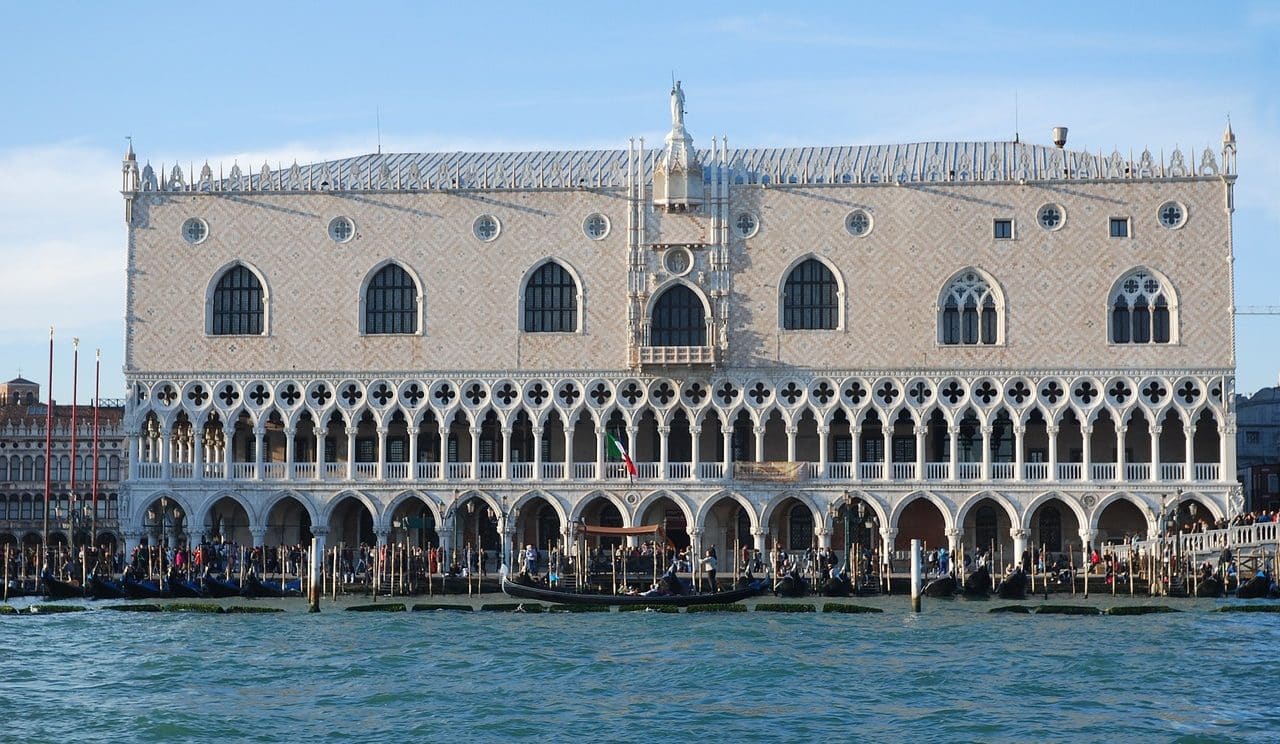
Buckingham Palace is one of the most famous in the world.
A palace is a construction intended to function as the home of a king , a ruler or a person of great wealth. These are usually very luxurious buildings, with a large number of rooms, gardens and other facilities.
For example: "The emperor ordered to build a palace in each colony to stay on his travels" , "The Paz Palace is one of the most beautiful buildings in the city of Buenos Aires" , "The Japanese embassy operates in an 18th century palace." » .
Although, in their origin, the palaces served almost exclusively as residences of kings and nobles , over time they began to acquire new functionalities. Thus the palaces also began to be used as museums or seats of government , to name two possibilities.
Examples of palaces
There are countless palaces around the world that are admired for their architectural beauty or historical importance. Let's look at some of them below:
Buckingham Palace
It is located in London , England , where the royal family has resided since 1837 and various official activities take place. Its construction took place in 1703 , initially for the Duke of Buckingham and six decades later for King George III . During the two world wars, the palace managed to remain standing despite bombings. Annually, it attracts millions of tourists from around the world, along with other iconic landmarks in the UK capital.
Versailles Palace
It is one of the most famous buildings in France and shares great worldwide fame with Buckingham Palace. Its construction was carried out in the 17th century , at the request of Louis XIV , who also demanded more than 800 hectares of beautiful gardens, highly appreciated and located among the most beautiful on the planet. The artistic wealth of the Palace of Versailles is incalculable; This can be especially noticed in the royal apartments and the chapel. Also not to be overlooked is its Hall of Mirrors , with 375 mirrors spread across 73 metres, the site where the famous treaty that ended the First World War was signed. It is currently part of the UNESCO World Heritage Site .
Doge's Palace in Venice
This Italian palace is another of the most beautiful and important buildings in the world. It is located in St. Mark's Square and houses multiple works of art . It is considered a symbol of the power and glory of the beautiful city of Venice . Throughout its history, it has been the residence of the doges (the supreme magistrate), the prison of the Republic and the seat of government.
The Alhambra
It is located in the Spanish city of Granada and is a palace in which the Nasrid sultans and high officials, elite soldiers and court servants resided between the 13th and 14th centuries . The Alhambra is the most visited Spanish monument; Reservations are usually made several months in advance. In addition to its privileged geographical location, this palace boasts beautiful gardens , wonderful architecture and a large number of fountains and patios, among which the Courtyard of the Lions stands out. In 1984 , it was declared a World Heritage Site .
Peterhof Palace
This imposing palace is also known as Petrodvorets and is located in the Gulf of Finland , less than 30 km from Saint Petersburg , Russia . Its construction was ordered by Peter the Great at the beginning of the 18th century . In addition to its luxurious and imposing architecture , its gardens are worth highlighting, in which their numerous fountains dazzle.

Palaces are usually used as the home of kings or millionaires.
a surname
Palacio , finally, is a very common surname in our language shared by personalities such as the Argentine soccer player Rodrigo Palacio , the Peruvian singer Ernesto Palacio and the American-Belizean basketball player Milt Palacio .
Of the aforementioned soccer player, it can be highlighted that he played in two World Cups ( Germany 2006 and Brazil 2014 ) with his country's national team and that he shone in Italian soccer.
